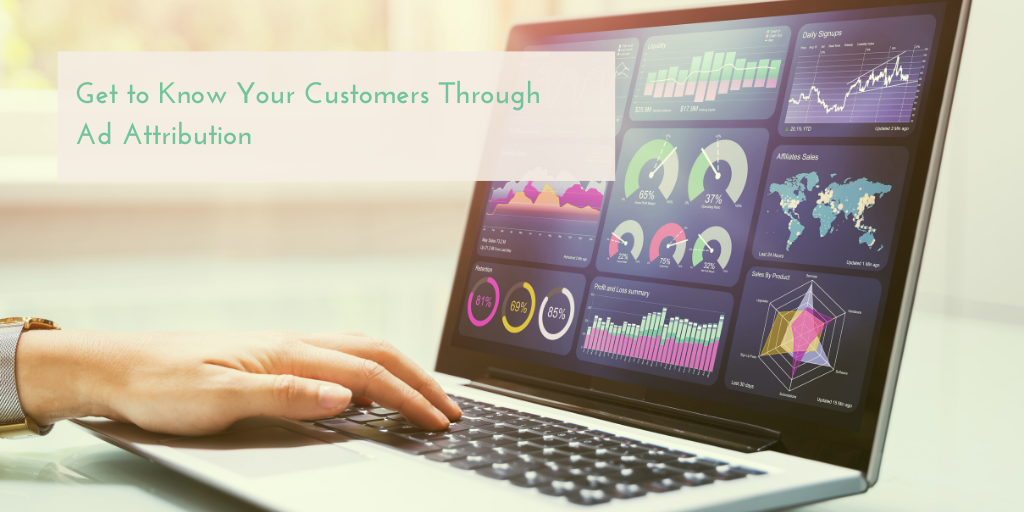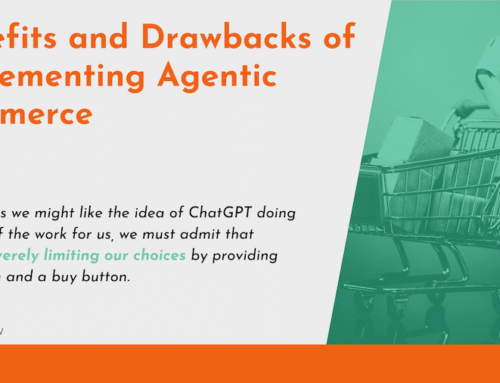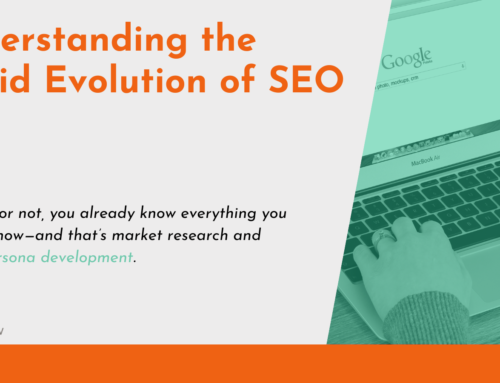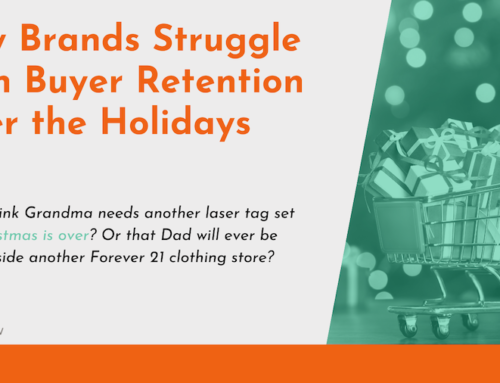
Even though there are numerous tools out there for tracking a buyer’s journey, it can be difficult to pin down the exact journey a user took toward conversion. In fact, the sheer number of platforms and tools available could be what makes it tough to track the journey. Different tools have different algorithms, different ways of measuring and reporting, which means that what one tool says may be way off from what another says.
Between the buyer’s first click and closing the sale, a lot of technical and behavioral stuff happens behind the scenes. Not every lead comes to you in the same fashion, or even from the same source. You can predict the journey your target customer will take to get to you, but wouldn’t it be great to know the exact path that led them to become a buyer? Sure, you already get loads of data about the number of clicks your ads get. But what would be even more helpful is knowing just where those leads clicked over from. Fortunately, you can get to know your customers and where they came from through ad attribution.
What Exactly Is Ad Attribution?
Ad attribution is the process of determining exactly which actions led a user to become a buyer. It measures each step between the first click and the conversion. For example, if you have a call-to-action on several different platforms, ad attribution uses tools to track each lead’s path to show exactly where they came from. And that, as you well know, is a wealth of information. Having this sort of knowledge makes it much easier to determine which channels or ads have been the most and least profitable for you. The last thing you want is to keep pumping ad dollars into something that doesn’t convert. In fact, you could find that another ad that costs less is the one that converted the most buyers. When you put the whole picture together, ad attribution can also tell you a good bit about your buyer’s behaviors and preferences.
Why Is It Such a Valuable Tool?
When it comes to figuring out the most efficient method of advertising to your target audience, ad attribution can be your very best friend. It’s important to know how many clicks a certain ad garners, but what’s even more essential is knowing how many actual conversions took place thanks to that ad. Like anything else in life, if you’re spending money on it, you want results. For example, say you’ve allocated a fair chunk of your budget to an ad you feel is guaranteed to get your target buyers’ fingers clicking away. Of course, you have other ads out there attracting attention, too. So when the leads start rolling in, how do you know which ad was the most successful at grabbing buyers’ attention?
This is where ad attribution does its thing. It tracks each step that brought the buyer your way to figure the number of ad dollars you spent on those conversions. Without it, how would you know if the awesome ad you spent all that money on is actually bringing in leads? You know not to put all your eggs in one basket, so you have multiple ads working for you on multiple platforms. Thanks to ad attribution, your marketing team checks the data and realizes the one that got the most clicks was a total sleeper. Now, not only do you know where the buyers came from, but you can use that data to optimize the journey to conversion. Without attribution, you might’ve assumed your main converter was the big campaign you’d been betting on. Lo and behold, it was that quirky little ad the new intern wrote!
Users can click on your ads all day, but if they don’t convert, then your return on investment for that ad is nil. Sure, you could say it still led to brand awareness, so it’s not a total waste of money, but spending ad dollars without seeing much in return… Well, it’s not the best business model, to say the least. Using ad attribution to tell you which ads were the most successful at converting leads to buyers is just smart marketing. Put it to work for you, and you’ll be able to recreate that path and convert even more leads in the future.
We’re very interested in tracking your buyer’s journey and can help you devise strategies to track behavior. You’ll understand your buyers better than ever. If you’re ready, reach out now. We’re excited to help you!





